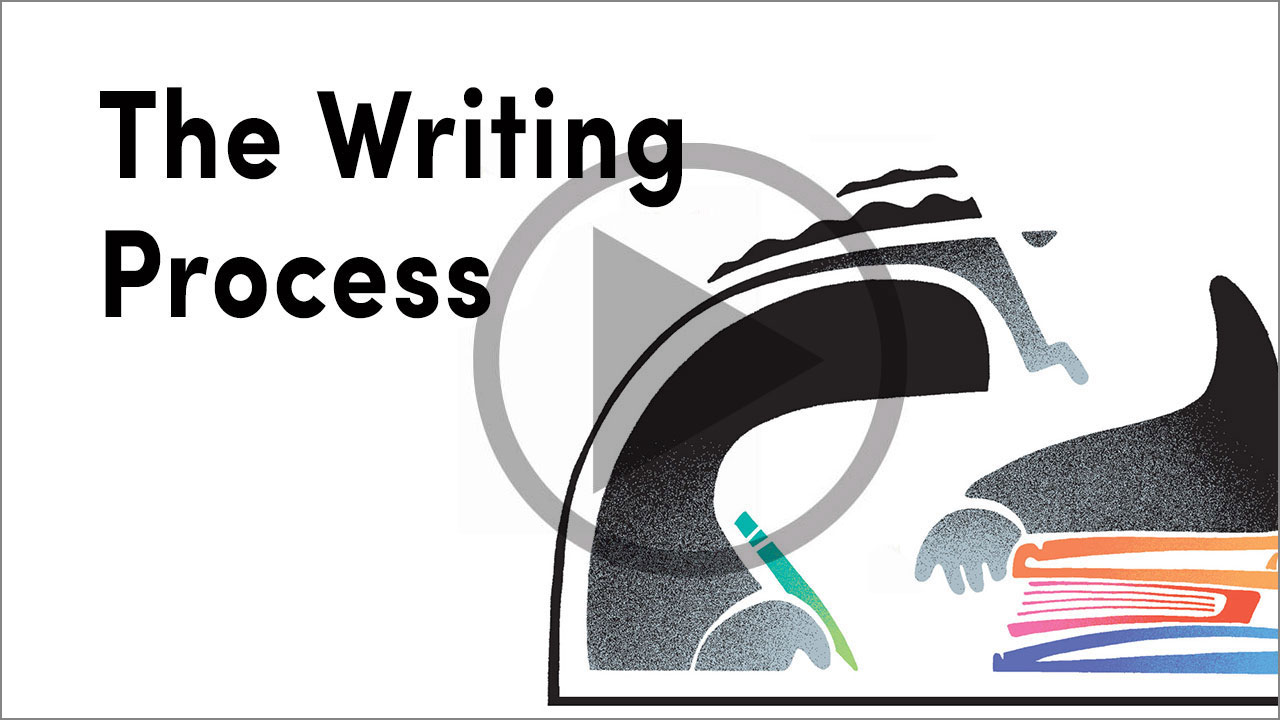A first draft is the initial working document that emerges as you transform your notes and ideas into a piece of writing.
As you write your first draft, don't expect perfection. Focus on your ideas rather than spelling, grammar, word usage, and other writing mechanics. Stopping to fix every error will only slow your progress and interrupt your train of thought.
Here are some other tips that will help you write a quick and efficient first draft:
- First, collect all your prewriting materials. Your planning and research can provide a roadmap for your first draft. Read your notes to get an overall feeling for the information you’ve gathered. Arrange key points in a sensible order.
- Mark important ideas. Note the specific data, facts, or statements you want to include in your work.
- Develop a logical flow. You may have used a graphic organizer during your prewriting, anything from a simple list to a full-sentence outline. Whatever organizational plan you’ve made, follow it; but feel free to veer from that plan as you draft. New ideas will often occur to you as your work takes shape.
- Write to the end. If possible, write your first draft in one sitting, from beginning to end. Avoid dwelling too long on one section, and don’t start revising. Just get it all down. After a break, pick up the thread by rereading what you’ve written so far, but avoid polishing that part. Instead, move ahead to complete the first draft.
When you’ve finished, you may read through your draft to add an idea you have obviously missed, or to delete anything distracting. But it is not time for a full revision, or to look for spelling, grammar, or usage errors. Instead, set your draft aside and take a break. You can come back to it later, with a fresh eye.
How is drafting different from writing?
Drafting is just one step of a larger writing process. Without giving due attention to the other steps, your writing may not achieve its full potential. Watch this brief video to understand how drafting fits within the overall process.
 |